Including All Kids: How Finland and HEI Schools Incorporate Diversity into the Classroom
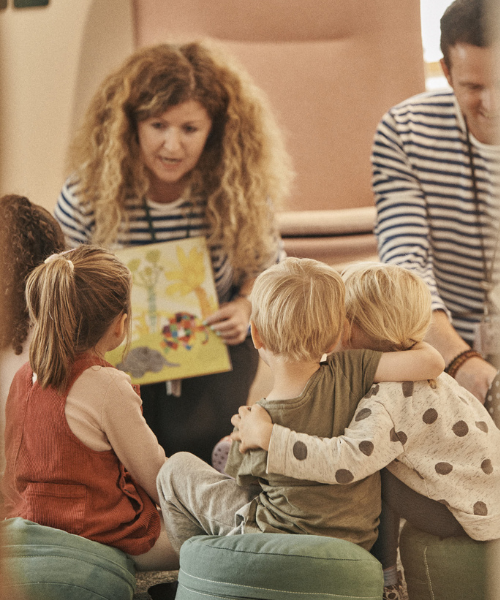
Inclusion and special needs are becoming increasingly important in the educational field, especially during the last two years when many schools were required to shut down or implement remote teaching due to the pandemic. According to a 2020 UNESCO report1, 40% of the world’s poorest countries did not support disadvantaged learners during this time. Regardless of the crisis, fewer than 10% of countries have any laws that help ensure full inclusion in education. However, one in four teachers across 48 countries expressed a desire to receive more training on how to teach students with special needs, indicating that inclusion is a goal for many educators.
It is encouraging to see such passion for inclusion. Early on in the pandemic, HEI Schools co-founder Professor Lasse Lipponen from the University of Helsinki discussed the importance of expanding our circles of compassion in this time of global crisis, and including diverse learners in education is an important part of that conversation.
Defining Inclusion and Special Needs
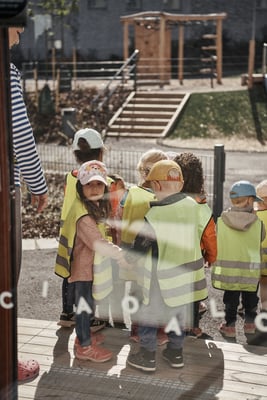
So what do the terms ‘inclusion’ and ‘special needs’ mean? Both terms are challenging to define and can vary depending on the context. Inclusion can best be described as the process of removing segregative systems and practices in which children are separated based on their differences.
In practice, this involves focusing on what children have in common and creating an environment in which every child can participate and succeed. For example, educating all children in the same school, giving children support in their environment instead of taking them to see specialists elsewhere, and providing opportunities for all children to positively interact with peers are ways to work toward inclusion in education.
The term ‘special needs’ covers a variety of needs related to children’s development, learning and behavior, as well as challenges they might face in social-emotional interactions and relationships. It is important to recognize that all children have some area in which they need more support at some point in their lives, regardless of their development. When we talk about children with special needs, we refer to children whose challenges are more severe and longer-lasting than those of others.
Some areas in which children might have special needs are:
- Physical and sensory impairment, such as blindness, limb disability or deafness
- Neurodevelopmental needs, such as learning disabilities, ADHD or autism
- Social-emotional/behavioral needs, which tend to result from experiences with trauma or poor living conditions.
Why Inclusion Matters
Research shows that including special needs learners in the classroom has both short- and long-term benefits for students with and without special needs. Special needs students who are taught in general education classrooms have better social relationships, more post-secondary education placement and better employment and independence outcomes than those taught in segregated classrooms.2 A 2017 meta-analysis also demonstrated that there is no effect, or even a positive effect, on the academic performance of students without disabilities who are educated alongside special needs students. For example, children who are educated alongside children with special needs sometimes demonstrate more empathy than peers educated in segregated schools.3
In order to achieve such outcomes, it is critical to employ proactive and inclusive teaching practice. A good attitude and proper training also play an important role, as does proactive, collaborative problem-solving among teachers in a school. Research demonstrated that teachers with a positive attitude toward inclusion have greater success at adapting to the needs of all students, and such a positive attitude correlates with an increased amount of teacher training.4
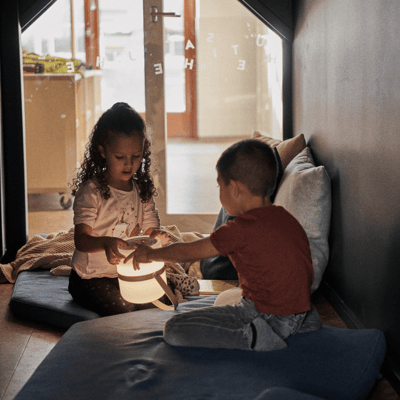
Finland’s Approach to Inclusion
In Finland, all children are generally taught in the same classroom regardless of educational needs or abilities. Only those children with the greatest educational needs are taught in separate classrooms or schools. The country prides itself on taking a holistic approach - one of the reasons why it is so successful - and providing all citizens with a high-quality education. That means giving each student access to the classroom regardless of their ability. In order to accomplish this level of inclusion, the country’s education system provides three tiers of support: general, intensified and special support.
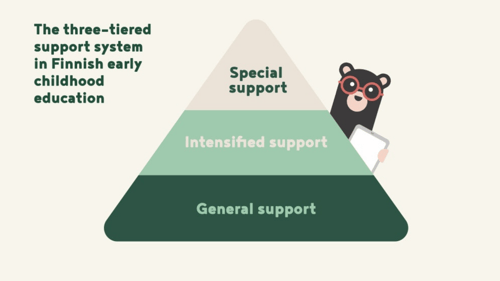
General support encompasses any practices that a teacher implements for the whole classroom. Even if there are no special needs in their group of children, teachers still consider the individual needs of every child in their general support practices. This can include designing activities easily adoptable for different levels, regulating the length of activities to match the children’s attention span and keeping children informed about the routines and schedule for the day. For example, if a child gets distracted more easily than others, the teacher has that child sit near an assistant during group activities to help them stay focused. Teachers also provide helpful tools for different learners, such as balancing cushions for physically active children. By taking these steps, educators ensure that the proper support is available whenever children need it.
Intensified support includes any extra measures that a teacher takes for children who require additional help. This involves regular, individually planned support measures and educators plan such measures with the child’s guardians.
Special support is often required if a child has a severe disability, illness or developmental disorder. In these cases, the need for support is full-time, long-term and highly individual.
It is important to note that even when providing intensified and special support, teachers strive to keep all their children in one group. In a traditional setting, a special education teacher might take a couple of children to a ‘special education’ class for an hour, thereby separating them from the rest of the group. In an inclusive classroom, teachers provide more hands-on support for the children who need it while they participate in group activities. In practice, this includes creating small groups that contain a mix of children with and without special needs so that other children can also support the learning of those who need extra help. By taking this approach, teachers avoid marking those children as special or different and instead provide opportunities for everyone to learn and work together.
How HEI Schools Helps All Children
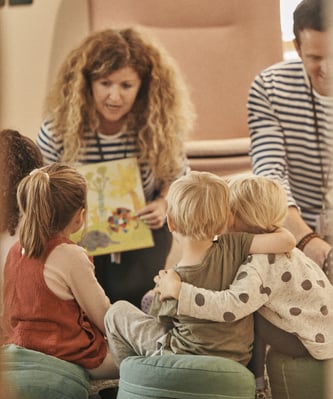
The HEI Schools approach adapts many of Finland’s best practices for including diverse learners. For example, routines are a critical part of establishing a reliable, safe environment for all children, and they form a critical part of daily life at our Learning Centers.
See an example of a day at HEI Schools!
Our teaching tools cater to diverse learners as well. For example, our HEI Schools Pictograms, a set of over 400 visual communication cards, help children communicate, navigate their classroom and learn their classroom’s daily schedule. The cards also illustrate challenging concepts like emotions, time and movements with simple graphics that are easy to understand.
The HEI Schools Learning Center design also contributes to all learners’ success in the classroom. Most kindergarten classrooms are filled with visual and audio noise that distract and agitate learners, especially those with attention difficulties like ADHD. HEI Schools learning spaces minimize these stressors. We create calm, inviting spaces with relatively few extra stimuli so that children can focus on learning.
In addition, all local teachers at HEI Schools Learning Centers receive rigorous teacher training from our pedagogical staff. These sessions include lessons about diverse learning needs and how to best support them. The training, inspired by components of Finland’s teacher education, therefore prepares HEI Schools teachers to educate and support a variety of learners in their classrooms.
Finally, the activities we provide to our partners guide teachers to pay attention to children’s agency. Traditional academic methods like sitting in one place and completing pen and paper activities can be more challenging for many learners. Instead, we encourage teachers and children to learn by doing and exploring. By observing children and providing them with different ways and possibilities to participate and learn, teachers can find ways that support different learners in their group the best way possible.




.jpg?width=352&name=Liisa%20HEI%20(1).jpg)